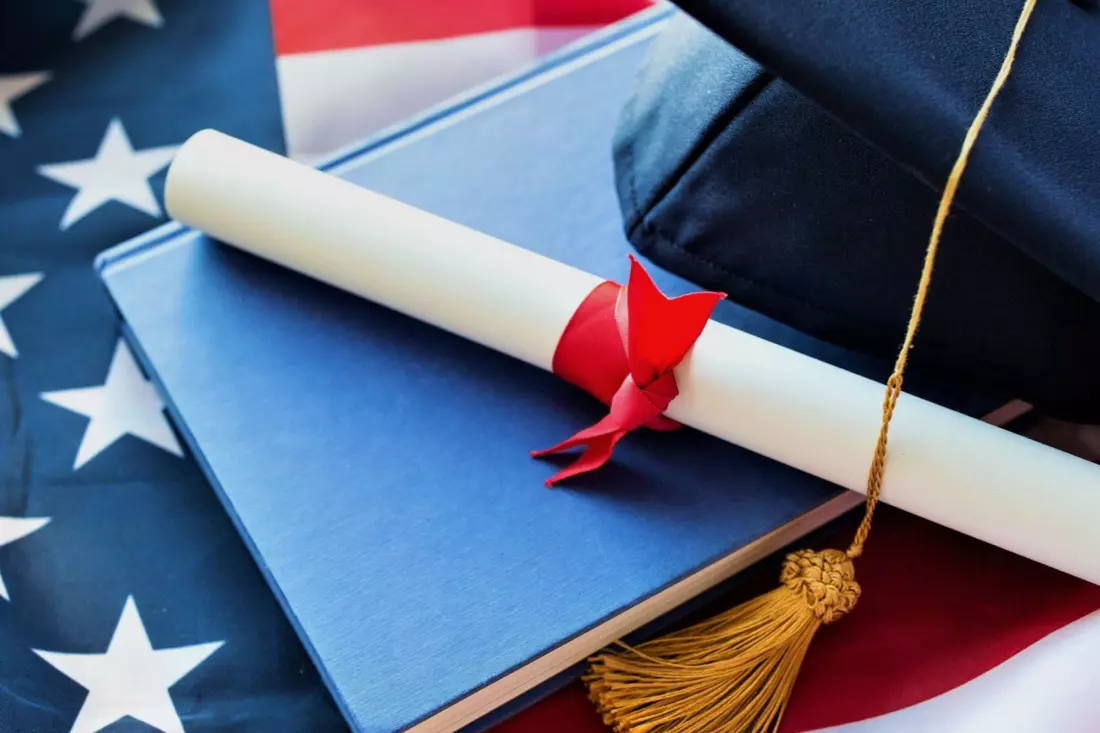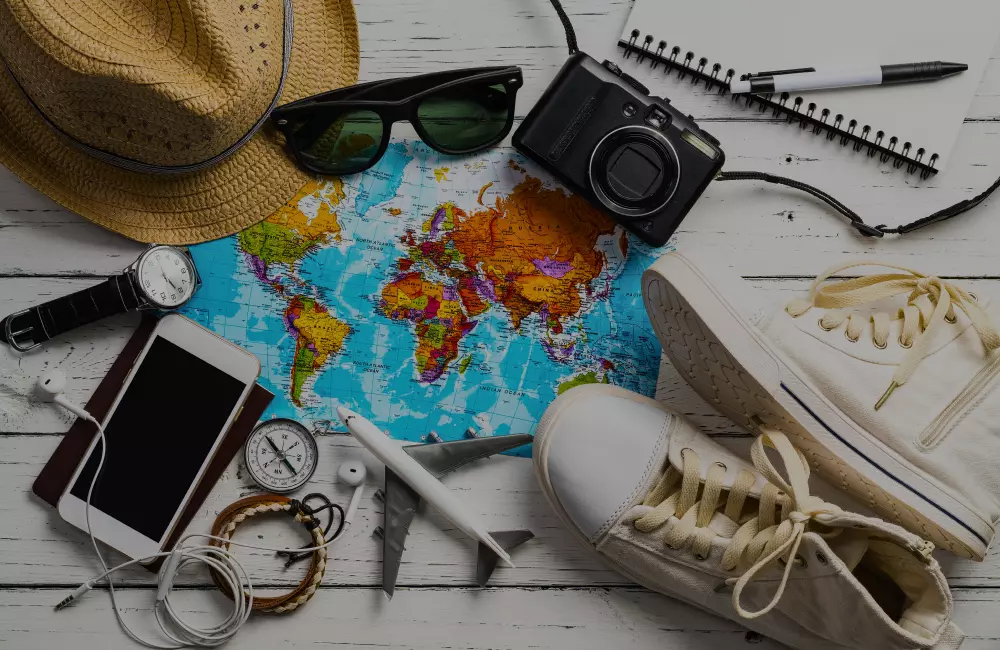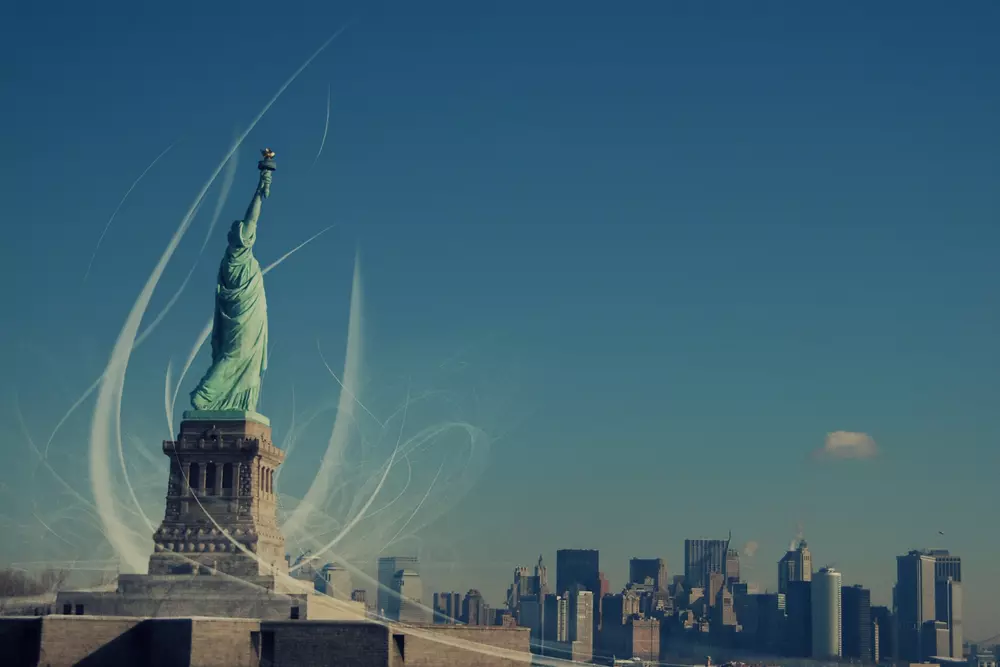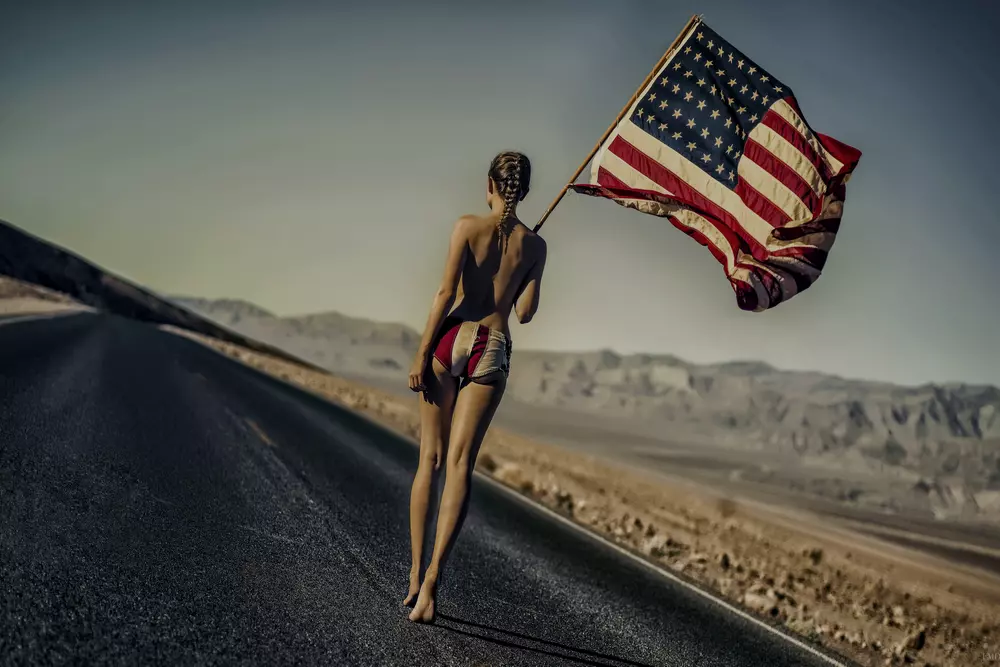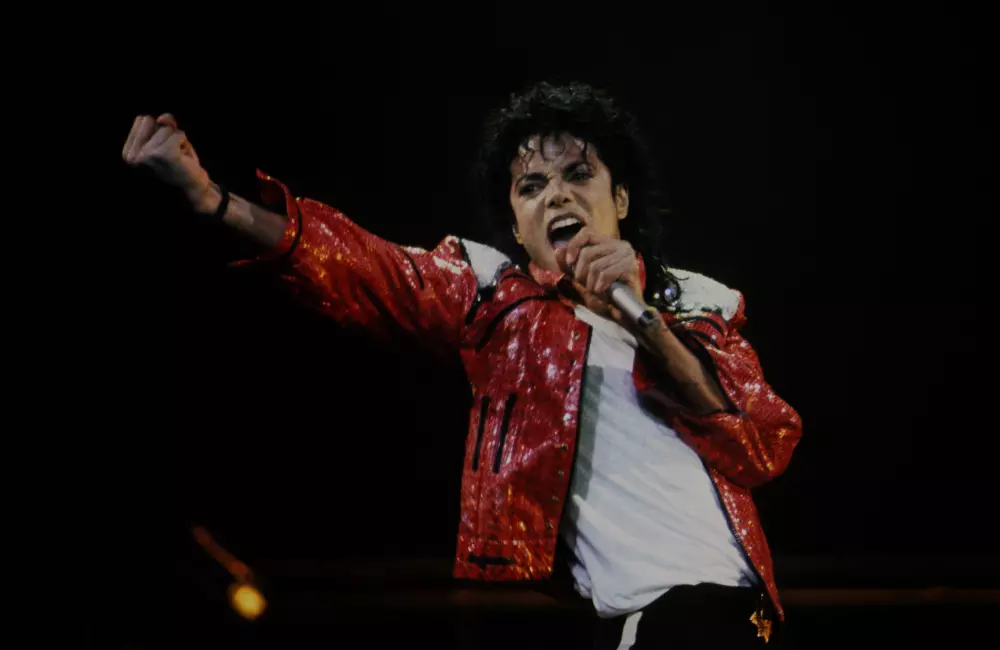Pilgrim Fathers — doesn't sound very impressive, does it? In reality, they were no "fathers" at all — they were Britain’s ultimate punks!
Puritan punks — sounds powerful, right? But there's no better way to describe them. The first American settlers were true daredevils. They weren’t afraid of the Native Americans, the wilderness, or even the grim fate of their predecessors. And back home, they were such a nuisance that no one objected when they set off to build a new nation — as long as they didn’t come back to London.
Read on for a real-life thriller about how an entire settlement mysteriously vanished without a trace and how the fearless Brits managed to scare the Native Americans in return.
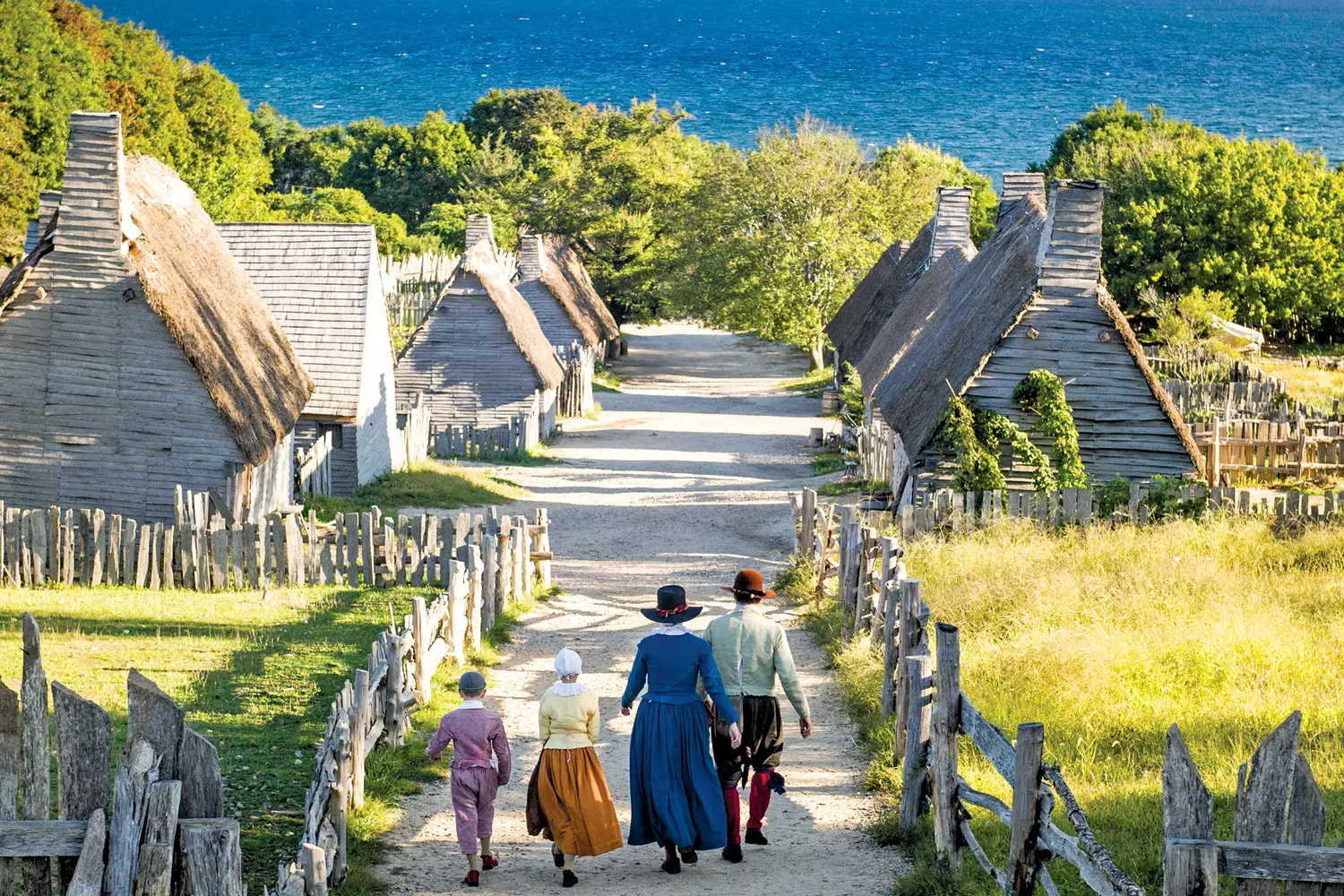
How Are the Puritans Connected to America?
The story of migration to America is a tangled web. It’s not always easy to figure out who went where and why. Sometimes, it even feels like the first settlers — the Pilgrims — are just a romanticized myth, an imagined community. After all, how could ordinary people be so contradictory? Yet, they became folk heroes, survivors of a harsh climate and hostile Native Americans — almost mythical figures surrounded by endless questions.
The Pilgrims were real, but their true story doesn’t always match what’s written in history books. Let’s unravel at least the basics that everyone should know. And we’ll start with the main characters.
The loss of this land is not as terrifying to us as the loss of our faith.Edward Winslow, 1623
Who Were the Pilgrim Fathers?
In short, they were a group of religious fanatics who fled England because their beliefs were too radical — even for the 17th century. They didn’t just believe in God; they were convinced they were the only ones who had it right, and everyone else needed to change immediately. But England at the time wasn’t known for its tolerance, so the Puritans decided to find a new place where they could live by their own rules without fear of persecution.
Why Did They Flee to America?
- They were persecuted in Europe because even in strict England, they were considered too extreme.
- They wanted to build a society of "true faith" free from Catholic traditions.
- The colonies in the New World seemed like a good place for a fresh start — except, of course, for the Native Americans, whom no one bothered to ask.
The 17th-Century English Punks
And don’t let the headline scare you — this is pretty much how it was. Moreover, these so-called "punks" were actually Christian Puritans. But first, a little backstory.
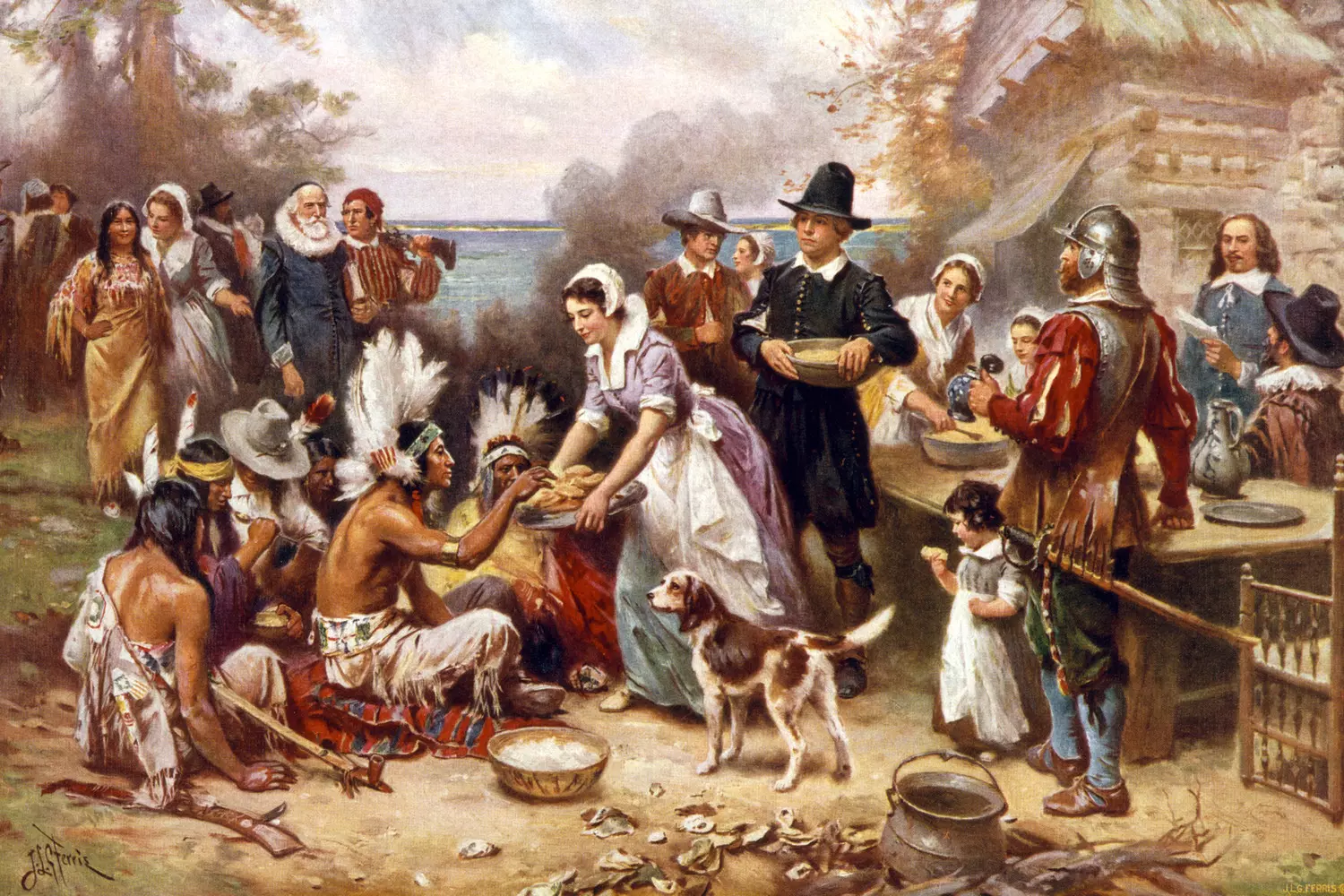
How Did the Pilgrims Arrive in America?
The first British settlers arrived in America 35 years before the official founding of the United States. In 1585, Britain sent its first group of colonists to what is now Virginia. A total of 160 people arrived, but they barely lasted a year — disease, starvation, and Native American attacks decimated their numbers. The survivors wasted no time returning home on the first available ship.
The second attempt at colonization took place in 1587. Once again, over 100 people were dropped off at the same location, this time under the leadership of a veteran from the previous expedition. However, when food shortages struck again, the colony's leader sailed back to England for supplies. Due to an ongoing war, he was delayed. By the time he returned, the entire colony had vanished without a trace. The only thing left was a damaged wooden fence with the letters “CRO” carved into it. Most likely, the Croatan tribe had something to do with their disappearance.
And after all that, who would still want to risk their lives by traveling to such a cursed land? Of course — punks.
- Rebellion, Defiance, and a Higher Calling
London didn’t know what to do with the Puritans.The Puritan-Brownists, a radical Protestant sect, refused to recognize the authority of the Church of England. They constantly rebelled, criticized the government, and openly opposed societal norms. And they were so loud about it that authorities were desperate to get rid of them. - A Divine Mission
When the community heard about the possibility of founding their own colony overseas — where they could be their own masters — they saw it as nothing short of a divine mission. They viewed migration as a test of faith and saw themselves as pilgrims on a sacred journey. - A New Colony
By 1620, King James I granted them permission to settle in Virginia. But, as usual, something went horribly wrong. And, believe it or not, the Pilgrims partly owe their arrival in America to… hawthorn.
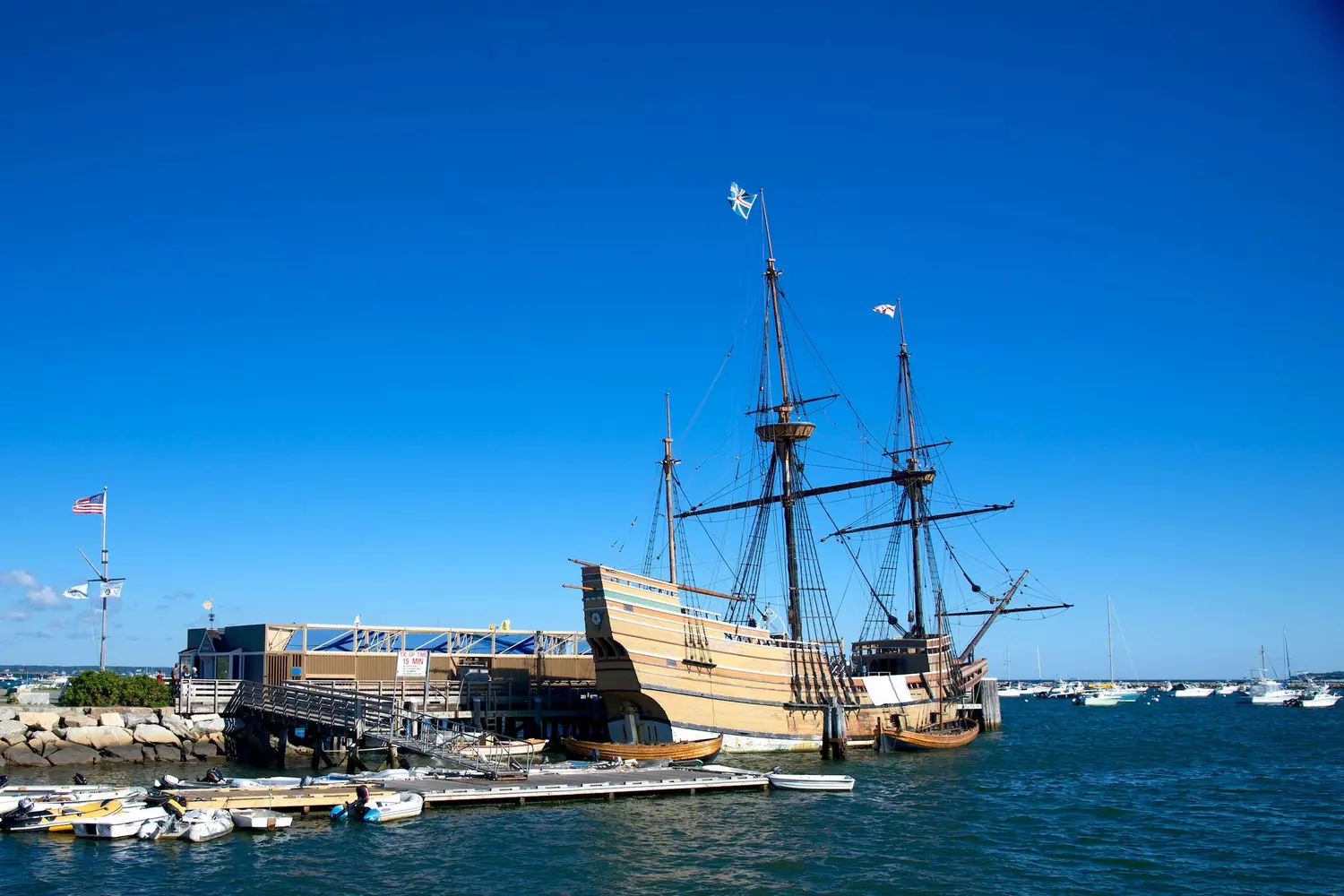
Mayflower — The Ship That Changed History
The Mayflower (which literally translates to "May flower," referring to the hawthorn plant) became legendary — not least because it didn’t fall apart mid-voyage. Originally, the plan was to send two ships, but the second one started leaking before it even left the dock. Because of this, some would-be settlers — including Barack Obama’s distant ancestors — had to stay behind. (They would reach America much later.)
Setting off on a long sea voyage in autumn was an insane and reckless decision. But the Puritans were so eager to leave that they ignored all the risks. A total of 102 people, including pregnant women and children, boarded the ship to embark on a two-month journey to the New World.
The Mayflower didn’t land where it was supposed to. Instead of reaching Virginia, the Pilgrims went far off course, finally landing in modern-day Massachusetts, well beyond the British-controlled territory. Historians still debate whether this was a navigational mistake or a deliberate act to escape English rule. Either way, their joy didn’t last long. Upon reaching land, they saw nothing but untamed forests, wild animals, and Native American tribes that weren’t particularly thrilled about the arrival of Europeans.
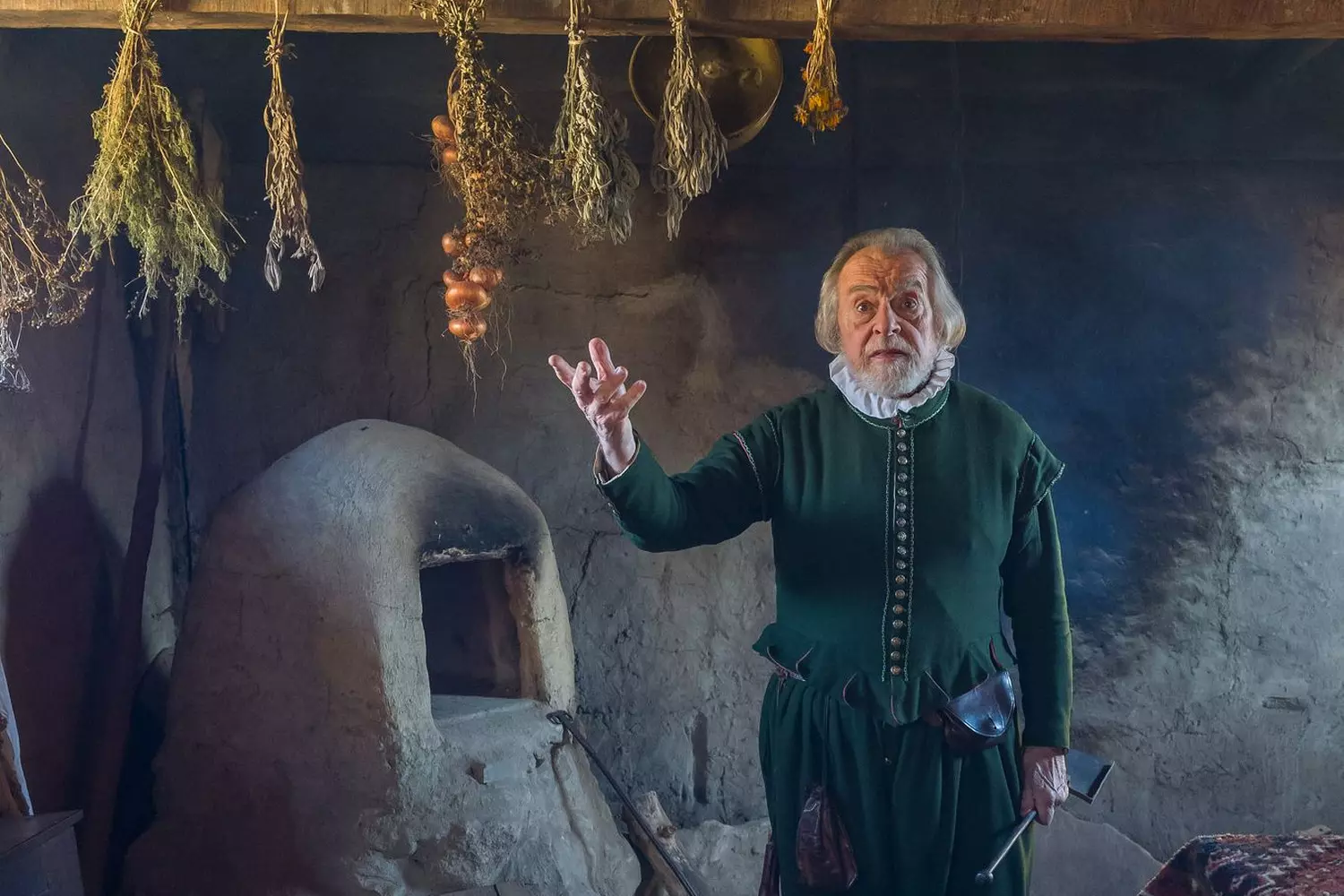
Plymouth Colony or the Land of Freedom?
November 21, 1620, is considered the official founding date of the United States. On this day, the Pilgrims landed on shore and established Plymouth Colony. Since there was no higher authority over them, they created a prototype of the Declaration of Independence — the Mayflower Compact. Their first governor was Deacon John Carver, and the settlers became known as the Pilgrim Fathers.
Self-governance flourished despite the harsh conditions. The livestock they brought with them perished, crops failed, Native American tribes posed a threat, and unknown diseases wiped out large numbers of people. At least half of the settlers died in the first year. But the colonists were determined to survive. Eventually, they brokered a 40-year peace treaty with nearby Native American tribes. This agreement was beneficial for both sides — constant tribal wars and European diseases were devastating indigenous populations. In exchange for respecting boundaries and providing some medicine, the Native Americans taught the Pilgrims how to farm, hunt, and use natural resources.
The final chapter of this migration is the famous Thanksgiving feast. In November 1621, as a gesture of gratitude, the Pilgrims invited Native Americans to share the bounty of their first successful harvest. After this, more and more English ships arrived on American shores — people were drawn to the promise of democracy and freedom, despite the challenges.
Education in the USA: choose the best for your child!
Myths About the Pilgrims and Puritans
- 01. Did they come for freedom?
Yes, but only their own freedom. They were not advocates of pluralism or religious tolerance. - 02. Were they kind to Native Americans?
At first, yes — but soon, land conflicts led to war. - 03. Were they simple farmers?
No. Many of them were highly educated, with knowledge of law, theology, and medicine.
The Legacy of the Pilgrims in the U.S.
Even though the Puritans disappeared as a distinct group, their influence on American culture is enormous:
- The "self-made man" mindset
The belief that anyone can achieve success through hard work. - The American education system
The first U.S. university was founded by Puritans. - The tradition of Thanksgiving
A national holiday celebrated every year.
In many ways, the Puritans were the first Americans in the modern sense — with their strict morals, hard work ethic, and relentless drive to impose their values on others.
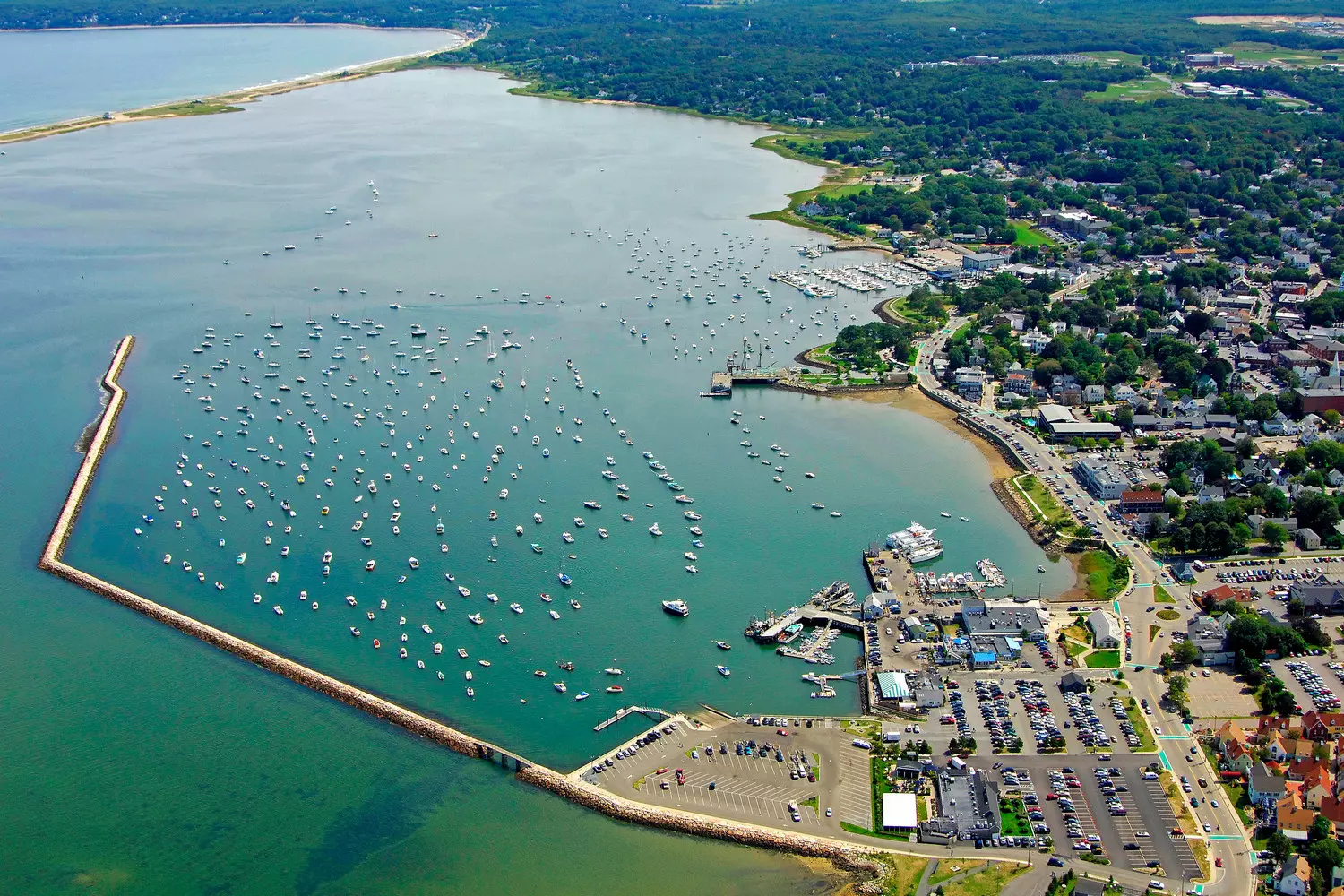
Want to Experience American History Firsthand?
American Butler organizes exclusive tours of New England, where you can:
- Visit the first Pilgrim settlements.
- Learn about early American traditions.
- Walk in the footsteps of the first European settlers.
Curious about what happened next? Read more on the American Butler website!
We don’t just share history — we help you see it for yourself: from tours and transfers to personalized U.S. travel experiences, even relocation services.














